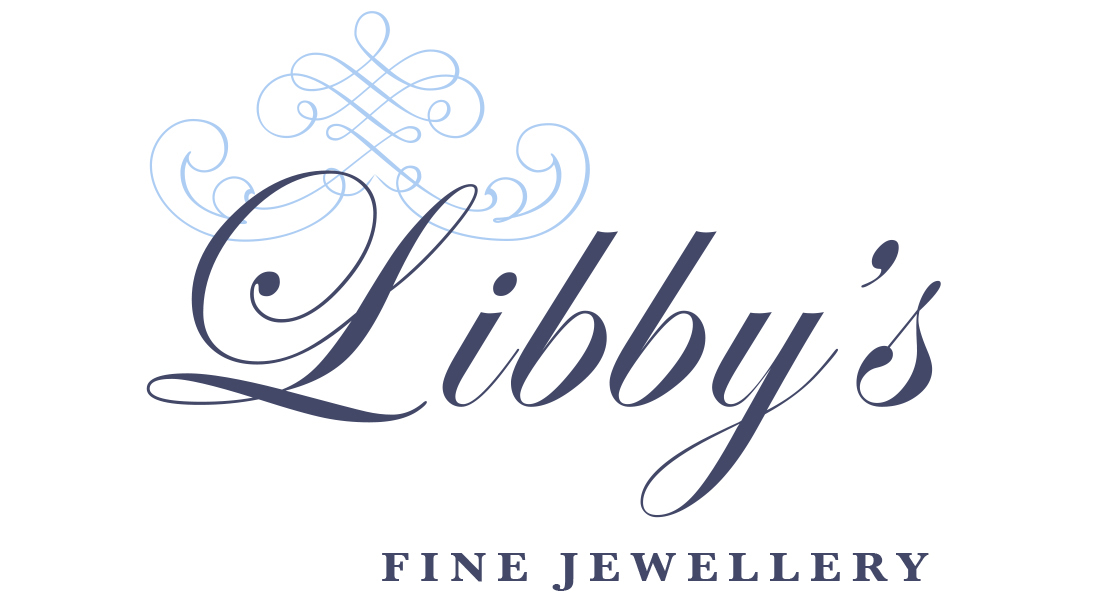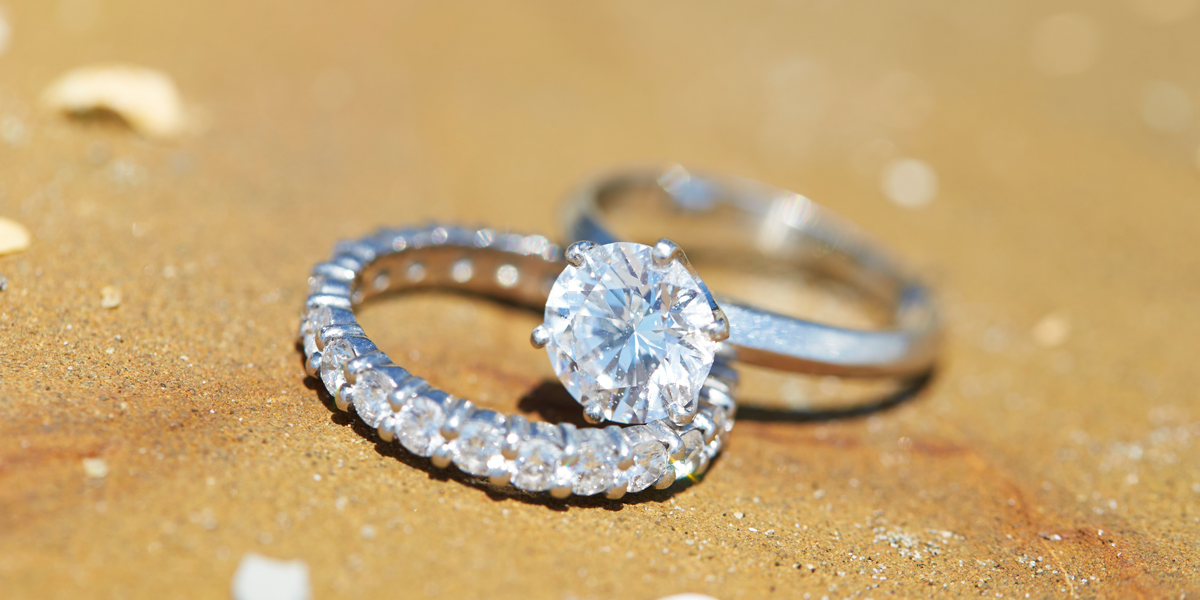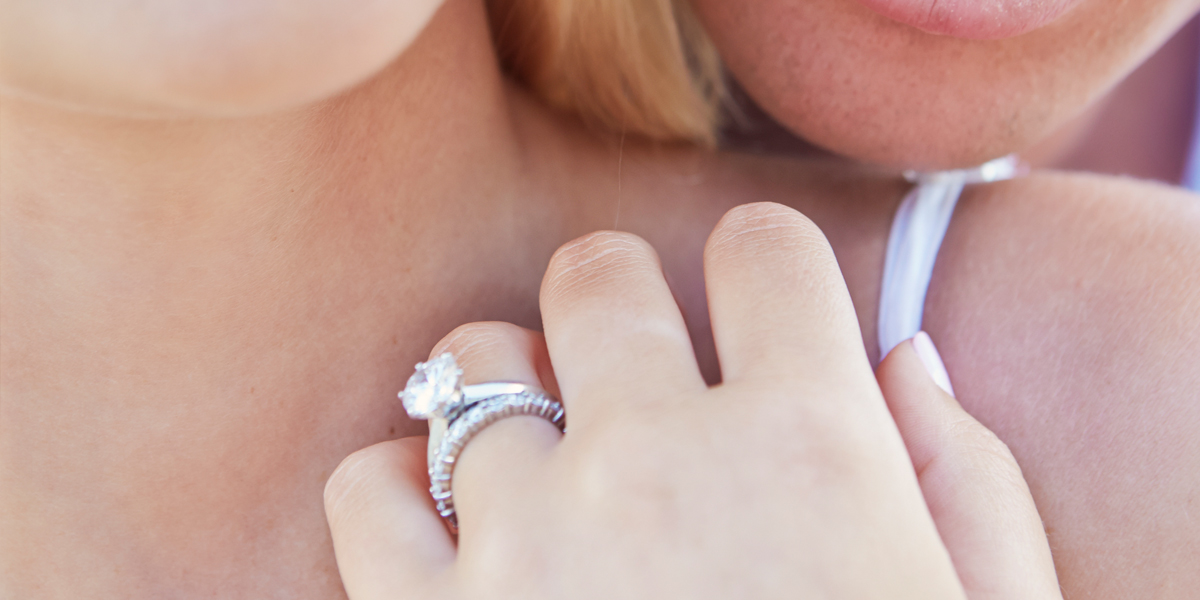The Miracle of Diamonds'
There is no other gemstone quite like a diamond. The geological process that brings diamonds to the surface of the earth's crust is so violent and explosive it is a miracle that diamonds survive at all. It's the diamonds unique physical properties at the time that they are formed that makes them the hardest and most durable gem. Then to recover less than half a carat of rough diamond, it will take around one ton of rock to be mined. All of these factors make diamonds the rarest and most desired gemstone in the world. A diamond embodies endurance, strength and exquisite beauty which we at Libby’s consider the ultimate expression of love for eternity.
The 4C’s
Whilst every diamond is unique, all diamonds share certain features. These are called the 4C’s. The 4C’s provide a system to compare and measure diamonds which in turn determines a diamonds price.
Colour
The colour scale ranges from D (colourless) - Z ( light yellow or brown). Most diamonds used in jewellery are nearly colourless with tints of yellow or brown. The truly colourless diamond is actually very rare. “Fancy” coloured diamonds have their own unique scale.
Clarity
The clarity scale includes 11 grades ranging from Flawless to I2. Because diamonds form under tremendous heat and pressure, it is extremely rare to find a diamond that lacks any internal and external characteristics. These characteristics are a bi-product of its formation and help gemologists separate natural diamonds from synthetics and stimulants. We like to think of these characteristics as a diamonds' "Trademark”.
You will hear jewellers talk of a diamonds' 'inclusions' – this refers to the characteristics inside the diamond and sometimes on the outside. If a diamond is strongly 'included' they can be visible to the naked eye (I1-3) but most can only be seen through a 'loope' which is a jewellers magnifying glass that has a magnification of x 10 (SI1-2).
A diamond with a VVS or VS rating commands a much higher price than SI1-2. As long as the inclusions are clear and say 'off to the side' you can be buying much more for your money with an SI1-2.
clarity scale
Cut
The cut scale ranges from Excellent to Poor and is really only for the round brilliant cut diamond. The round brilliant diamond has a higher premium than other diamonds because it is deemed to be an ideal cut. Having the best symmetry in its facets gives it the greatest Brightness, Fire and Scintillation.
A polished diamond’s beauty lies in it’s complex relationship with light – how light strikes the surface, how much enters the diamond, and how (and in what form) light returns to your eye. The result should be a magnificent display of three attributes:
Brightness - the combination of all white light reflecting from the surface and the interior of a diamond.
Fire - the “flares” of colour emitted from a diamond.
Scintillation - the flashes of light you see when the diamond, the light, or the observer moves.
A polished diamond’s proportions effect it's light performance, which in turn effects its beauty and overall appeal. Diamonds with fine proportions, symmetry and polish optimize their interaction with light and have increased brightness, fire and scintillation.
Diamond Facets
EXAMPLES OF CUTS
Carat Weight
One carat equals 200 milligrams in weight. For diamonds under one carat, each carat is divided into 100 points, e.g 50 points = 0.50 ct or half a carat.
The one carat diamond commands a certain premium and the bigger the carat weight the rarer the diamond – which in turn effects the price.



